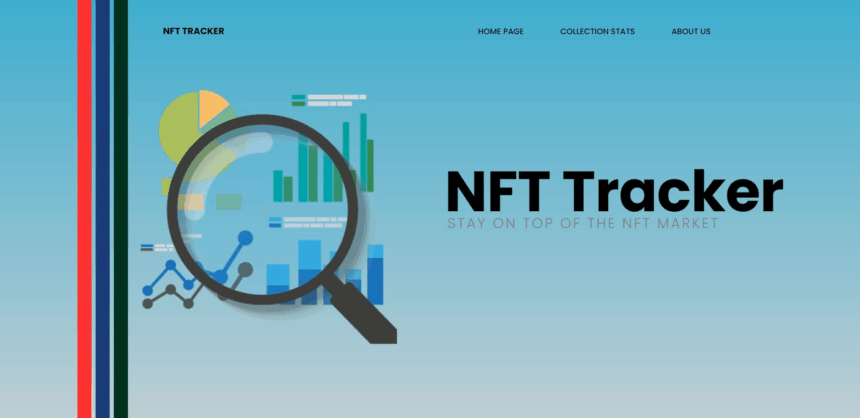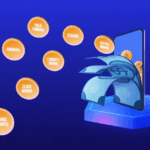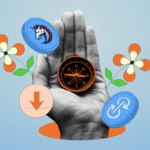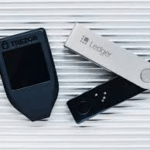I will go over the How to Track NFT Collections with the Top Crypto Dashboards. Investors and collectors need to keep track of the performance of NFTs to gain insights on the latest trends in the market, shifts in price, and distributions of ownership.
- What is Tracking NFT Collections?
- How to Track NFT Collections with the Top Crypto Dashboards
- Step by Step: Track NFT Collections on NFTGo
- Step 1: Navigate to Your Dashboard
- Step 2: Find a Collection
- Step 3: Gauge Market Activity
- Step 4: Track and Analyze Wallets and Whales
- Step 5: Set Alerts and Watchlists
- Step 6: Compare with Other Collections
- Step 7: Explore Upcoming Drops
- Top Crypto Dashboards to Track NFT Collections
- Why Tracking NFT Collections Matters
- Understand Market Trends
- Evaluate Portfolio Performance
- Identify Promising Projects Early
- Monitor Floor Prices and Rarity
- Analyze Market Liquidity
- Follow Influential Wallets (Whales)
- Prevent Scams and Counterfeits
- Improve Investment Strategy
- Key Features to Look for in an NFT Tracking Dashboard
- Real-Time NFT Price Tracking
- Wallet Integration and Portfolio Management
- Marketplace Integration
- Historical Data and Analytics Tools
- Rarity and Trait Analysis
- Floor Price Alerts and Notifications
- Tips for Choosing the Right NFT Dashboard
- Match the dashboard to your needs
- Investigate the supported chains and marketplaces
- Assess the on-chain data and latency provided
- Analyze the pricing and subscription structure
- Evaluate the dashboard structure and the trackability of NFTs
- Analyze the ease of wallet-view, the asked data, and integrations with third parties
- Gauge user discourse and developer engagement
- Evaluate the features offered in the trial or freemium version
- Common Mistakes to Avoid
- Not Paying Attention to All Chains
- Failing to Confirm the Collection is Real
- Looking only at Floor Prices
- Wallet Security Risks
- Ignoring Longer Time Frames
- Not Setting Price Alerts
- Neglecting Portfolio Diversification
- Misinterpreting Whale Activity
- Ignoring Social and Community Metrics
- Future of NFT Tracking Tools
- Conclusion
- FAQ
Dashboards such as NFTGo, DappRadar, and Nansen enable you to assess floor prices, trading volumes, and whale activity to make informed investment choices.
What is Tracking NFT Collections?
Monitoring NFT collections involves observing and studying how certain non-fungible tokens (NFTs) perform, their worth, and the trends in the market on different platforms.
This process requires paying attention to the collection’s floor prices, trading volumes, distribution of ownership, rarity rankings, and sales within a certain period. By monitoring NFT collections, investors and collectors are able to make buy, sell, and hold decisions on digital assets.
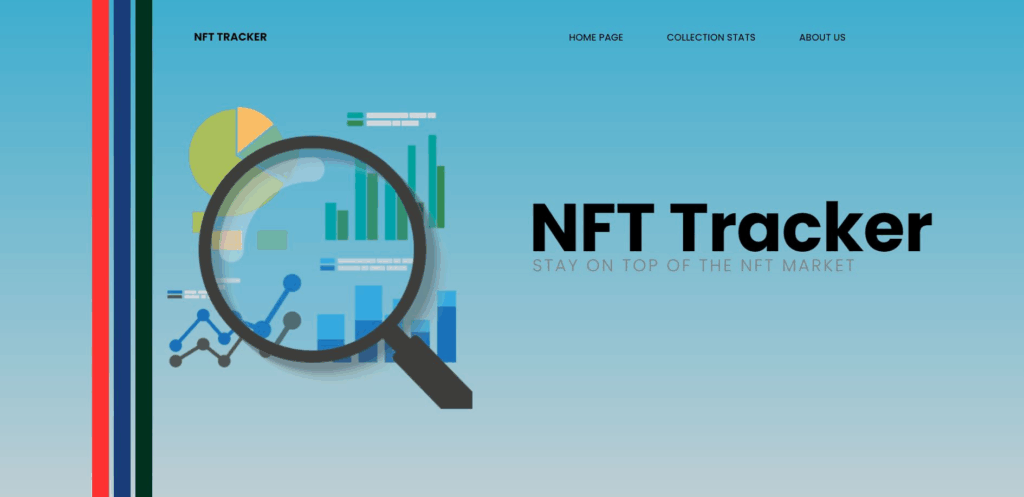
There are customized crypto dashboards and NFT monitoring solutions that give real-time info to the user on collection comparisons, market changes, and wallet activity observation.
Smart NFT collection monitoring increases accountability, improves the management of one’s portfolio, and enhances one’s grasp of the dynamic market for digital art and collectibles.
How to Track NFT Collections with the Top Crypto Dashboards
Step by Step: Track NFT Collections on NFTGo
Step 1: Navigate to Your Dashboard
- Go to NFTGo.io an NFT analytics service.
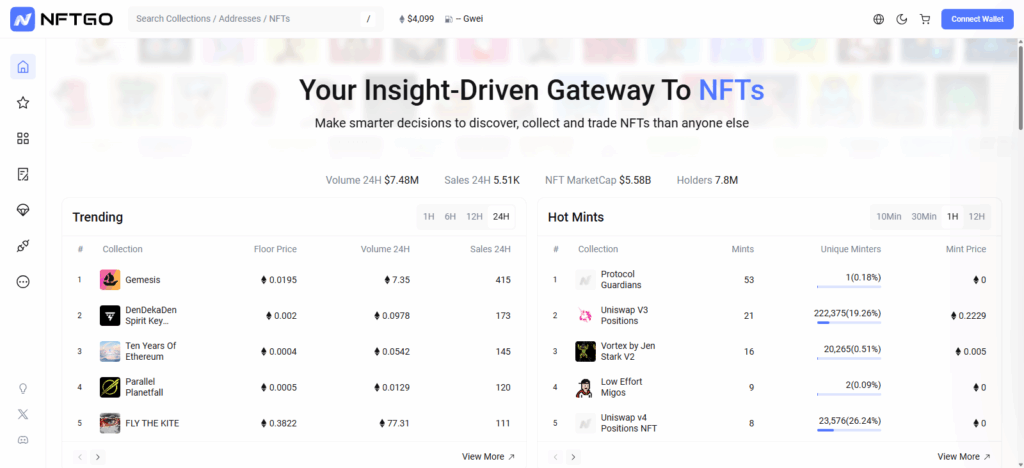
- For basic tracking functions, no registration is needed. However, by creating an account, users obtain wallet tracking features as well as tracking alerts.
Step 2: Find a Collection
- Access the search function and type the name of an NFT collection, for example: Bored Ape Yacht Club.
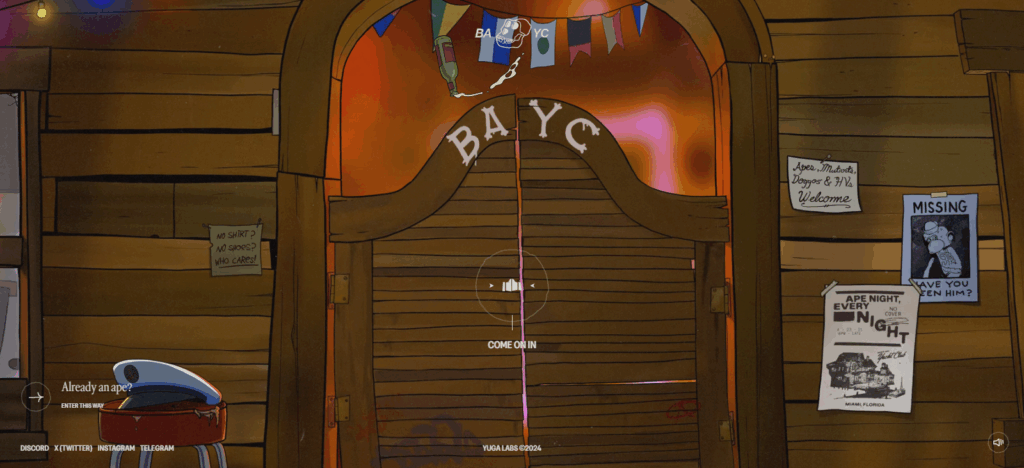
- You arrive at the dashboard dedicated to the collection, which displays:
- Floor price
- Market cap
- Volume history
- Holders
- Recent sales
Step 3: Gauge Market Activity
- Under the Market Overview section, you can:
- Analyze the price history for the past 24 hours, and past week, month.
- Review the Liquidity Low and High charts.
- Analyze the heatmap for buying/selling pressure.
Step 4: Track and Analyze Wallets and Whales
- Go to Holders to:
- Identify the wallets that are holding the most of the collection.
- Track whale movements and analyze the activity of the wallets.
- Filter by smart money wallets.
Step 5: Set Alerts and Watchlists
- Add the collection to your Watchlist.
- Set price alerts to track changes in the floor price and the price thresholds you set.
- Set trigger points for whale buys/sells and new mints to alert you.
Step 6: Compare with Other Collections
- Compare with other similar collections using the Compare Tool.
- Evaluate the collection based on community growth, collection sentiment, and trading metrics.
Step 7: Explore Upcoming Drops
- Check the Drops area for newly scheduled NFT launches.
- Sort by blockchain type (Ethereum, Solana, etc.), genre (art, gaming), and hype.
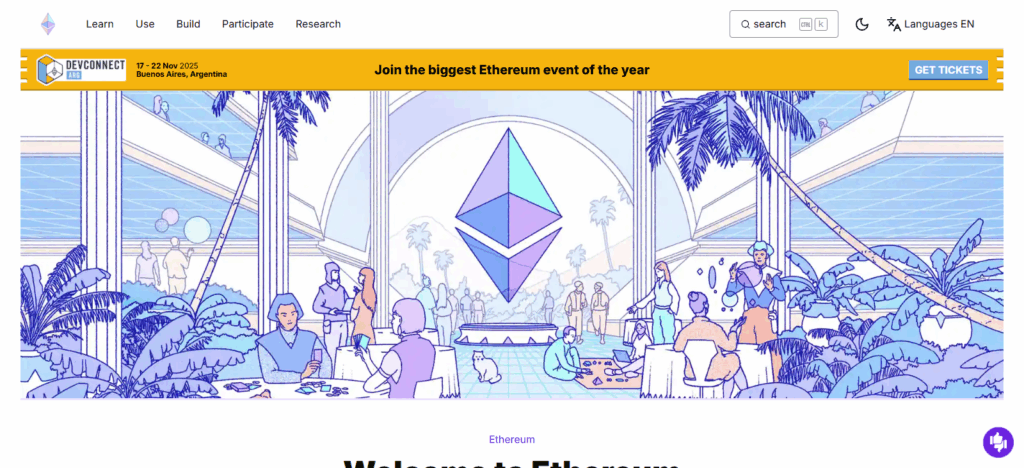
Top Crypto Dashboards to Track NFT Collections
Dune Analytics
Dune Analytics is among the leading crypto dashboards for tracking NFT collections, providing user-driven, bespoke, community-sourced analytical insights.
Unlike fixed analytics dashboards, Dune permits all users to build and distribute interactive dashboards fueled by live on-chain data across various blockchains.
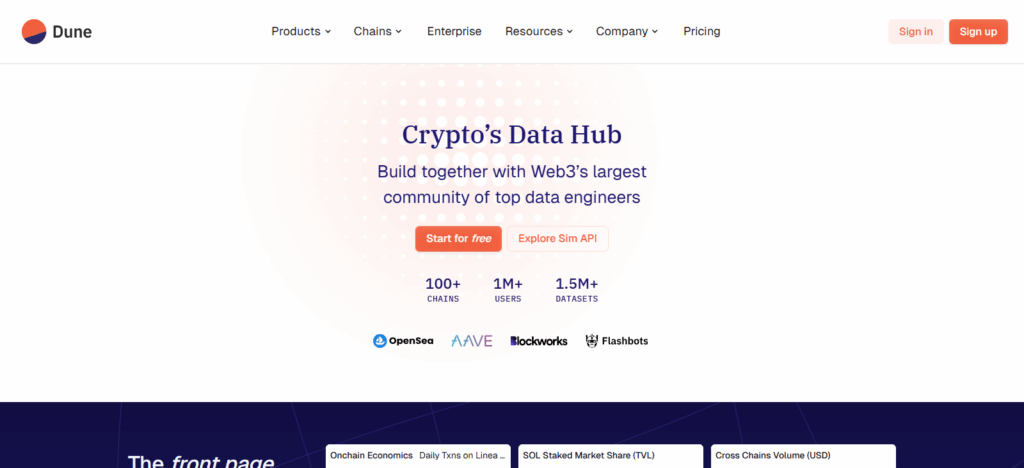
This is significant for NFT traders, researchers, and developers who seek transparency and adjustable parameters. Users get real-time insights into floor price tracking, transaction volume tracking, wallet activity tracking, and marketplace activity tracking.
Its open-source SQL approach empowers users to construct tailored NFT dashboards, reinforcing flexibility, precision, and analytical superiority in tracking the NFT market, Dune is one of a kind.
Nansen
Nansen is one of the best crypto dashboards for tracking NFT collections because of its unmatched on-chain intelligence and unique wallet analytics. It gathers and processes NFT trading data and offers analytics on trades and real-time monitoring of floor prices and ownership distribution.
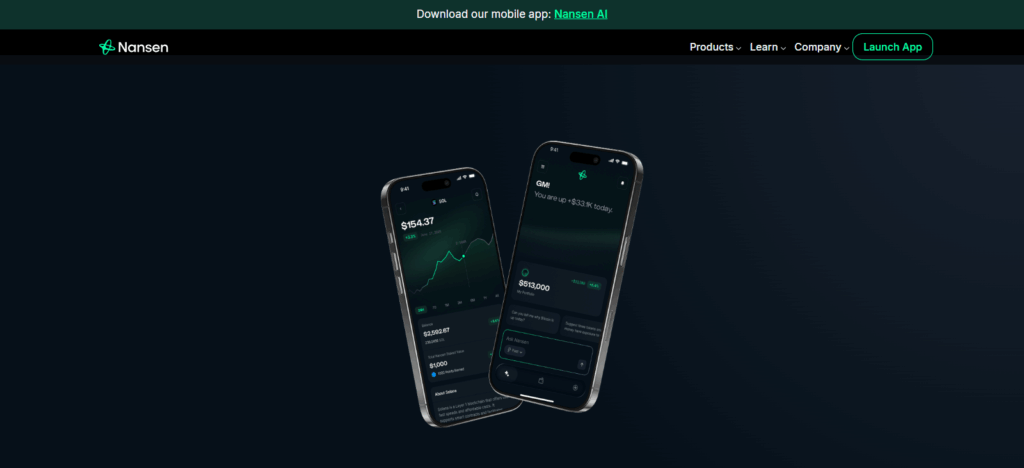
Nansen’s wallet labeling feature is unlike any other and allows NFT ecosystem participants to track whales, influencers, and smart money. NFT Paradise features collection performance and rarity tier analytics, along with in-depth NFT investor behavior analytics.
By merging powerful data analytics with behavioral analytics, Nansen offers clients the ability to make sound, data-driven decisions in the rapidly shifting NFT market.
DappRadar
DappRadar is one of the top crypto dashboards for monitoring NFT collections, providing detailed analytic across varied blockchains and marketplaces. It lets users track volumes, monitor changes in floor prices, and watch sales over specific periods.
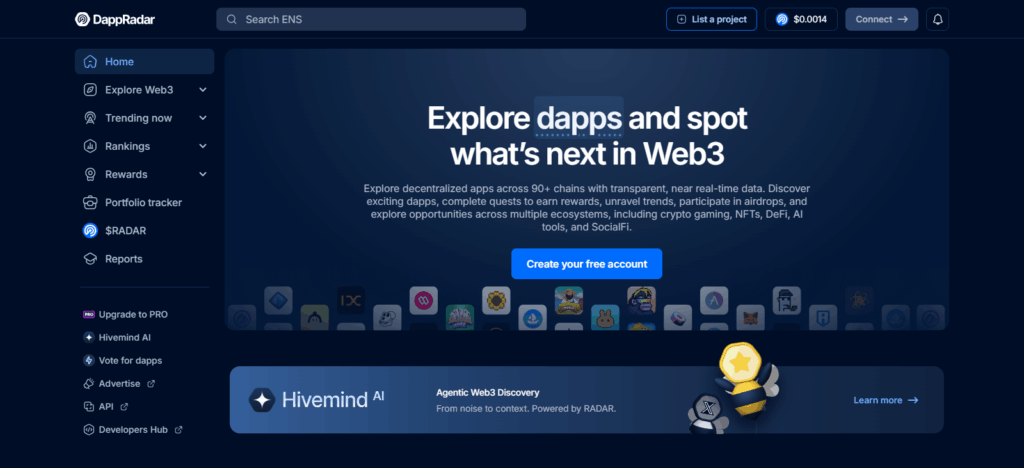
Notably, DappRadar’s coverage of multi-chain data is what makes it stand out — tracking NFTs over Ethereum, BNB Chain, and Polygon, among others — offering users a thorough understanding of the NFT market.
The platform also has various tools for tracking and analyzing ranking and offers users the ability to study global market trends along with tracking their own personal collections. The clarity and precision of data made DappRadar a decent NFT market intel.
Why Tracking NFT Collections Matters
Understand Market Trends
Tracking NFT collections enables investors and collectors to gauge market movement, including changes to the floor price, volume traded, and demand. Understanding these dynamics helps users identify bullish and bearish trends ahead of the market.
Evaluate Portfolio Performance
NFTs in your portfolio allows you to gauge whether the assets are appreciating or depreciating, and quantify the profit and loss of each collection over a given period to identify top performers. This is exactly how you would track your equities or crypto portfolio.
Identify Promising Projects Early
Tracking collection trends and wallet activities helps users identify emerging or overlooked NFTs that are likely to appreciate in value while the market is still focused on this collection.
Monitor Floor Prices and Rarity
Collectors can improve their buying and selling decisions by tracking floor price changes and rare item listings, thus avoiding missed opportunities.
Analyze Market Liquidity
NFT trading and sell-through rates help assess the state of the liquidity in the market, which is an important factor to consider when buying or selling an NFT.
Follow Influential Wallets (Whales)
Dashboards that track wallets of major investors or influencers are top-tier. Speculating on their trade influences is the driving force of customer behavior and the stream of interest surrounding a project or collection. Every on-chain pivot.
Prevent Scams and Counterfeits
By using verified dashboards, you can track authentic NFT collections, and avoid fake or scam collections. Purchases will be on-chain, traceable, and legitimate, and will not scam you while costing you the same as abusively priced collections.
Improve Investment Strategy
While constantly tracking a collection or series of collections, a user can make data-driven, improved investments. Users will be able to recalibrate their investments based on their own desired goals or outcome using a performance metric.
Key Features to Look for in an NFT Tracking Dashboard
Real-Time NFT Price Tracking
An effective NFT dashboard will track the floor prices and average sale prices, and the trading volume. Having this information in real time helps the investors make quick decisions about selling or purchasing an NFT.
Wallet Integration and Portfolio Management
The best dashboards will link directly to wallets, be it MetaMask, Trust Wallet, and Coinbase Wallet. This allows the users to automatically see the NFTs in their wallets, the overall value of their portfolio, and their transaction history no matter how many chains their NFTs span.
Marketplace Integration
When dashboards are linked to prominent NFT marketplaces, such as OpenSea, Blur, and Magic Eden, users can view listings and bids, as well as sales information, all in one place. This gives the users a well-rounded view of the market, and saves them time.
Historical Data and Analytics Tools
Having access to a price history and transaction history will allow users to assess the NFT’s past performance. This helps investors understand long-term trends in the market, volatility, and market entry by assessing historical values.
Rarity and Trait Analysis
The best NFT dashboards include tools that enable users to assess the rarity and value of different NFTs in a collection by analyzing traits and scarcity. This is essential for collectors interested in acquiring high-value or one-of-a-kind assets.
Floor Price Alerts and Notifications
Users can set automated alerts for when the floor price changes, is sold, or listed, so they don’t have to watch the market constantly. Notifications enable users to make market decisions and take action immediately.
Tips for Choosing the Right NFT Dashboard
Match the dashboard to your needs
Select a dashboard based on if you’re an NFT casual collector, an active trader, or researching NFT projects. Its advanced features should align to your requirements.
Investigate the supported chains and marketplaces
Confirm the dashboard integrates with the blockchains and NFT marketplaces you wish to work with, like Ethereum, Solana, Polygon, OpenSea or Blur to ensure it captures your assets and goals.
Assess the on-chain data and latency provided
Prioritize dashboards with reliable on-chain data and current NFT listings. Opportunities and bad decisions can be made if data is missing or out-of-date.
Analyze the pricing and subscription structure
Pricing can be free and some can be premium. Determine the value of the features behind a paywall based on your estimated usage to see if the added price is justified.
Evaluate the dashboard structure and the trackability of NFTs
An unfriendly dashboard structure will lessen the ease of tracking NFTs, especially if you frequently monitor multiple collections.
Analyze the ease of wallet-view, the asked data, and integrations with third parties
The dashboard should have a wallet-view option, avoid asked risky integrations, and align with your privacy.
Gauge user discourse and developer engagement
Assess user-generated feedback, written discussions in assessable forums, and the developer activity around the given tool. A tool that showcases active community participation and offers routine maintenance is less likely to disappoint.
Evaluate the features offered in the trial or freemium version
Ideally, before purchase, users should examine the dashboard features that include alerts, rarity calculators, and wallet synchronization, to ascertain if the anticipated functions are actually useful or just another marketing gimmick.
Common Mistakes to Avoid
Not Paying Attention to All Chains
Users tend to limit tracking their NFTs to Ethereum. NFTs on Solana, Polygon, and BNB Chain are usually overlooked. This can result in missed opportunities within expanding ecosystems.
Failing to Confirm the Collection is Real
Dupes and fake collections are ubiquitous on the net. Confirm contract addresses, and don’t track collections using unofficial dashboards, as these can lead to scams.
Looking only at Floor Prices
For NFT collections, the floor price is only a small component. Investors should analyze rarity, historic sales, holder distribution, and trading volume to determine floor price health.
Wallet Security Risks
Connecting wallets for the first time can be risky if the site isn’t trustworthy. Do not share private keys. Use view-only and read-only modes to limit potential scams.
Ignoring Longer Time Frames
Short term daily stats can lead to myopic decisions. Longer time-frame price charts are useful for spotting trends to avoid buying at temporary price peaks.
Not Setting Price Alerts
No alerts on floor price movements or major sales results in missing pivotal market shifts. Intelligent alert systems reduce the need for constant manual checks.
Neglecting Portfolio Diversification
Only tracking one or two NFT projects leaves you exposed. Diversify your monitoring by using dashboards to oversee several collections in different NFT categories (art, gaming, utility, etc.).
Misinterpreting Whale Activity
Following whales accounts for valuable info but replicating their plays without due diligence is unwise. Always check the situation behind the move. Whales liquidity, goal differences and strategies may not be aligned with yours.
Ignoring Social and Community Metrics
The NFT market is greatly influenced by community and hype, which are often overlooked. Missing the link to track sentiments on social (Discord, X/Twitter, etc.) may lead to losing insights on demand.
Future of NFT Tracking Tools
There is a lot of optimism about the future of NFT tracking tools, and for good reasons. These tools can no-doubt become invaluable in NFT collections and the technologies behind them.
One can imagine more advanced dashboards that incorporate predictive AI-analytical tools and algorithms that not only highlight emerging collections, but also anticipate price movements and identify collections at risk of market manipulation.
Interoperability is a must, and tracking Solana, Ethereum and Polygon NFTs on the same dashboard/tile will become the norm. Improved real time visualization tools, sentiment analysis, and customizing tracking for a portfolio will offer unparalleled precision in tracking.
These will no-doubt become invaluable tools for insight driven investors, traders and creators as the ecosystem evolves.
Conclusion
To wrap up, using crypto dashboards to keep an eye on NFT collections is crucial for seeing the NFT market clearly and for making strategic moves.
These dashboards give instant access to invaluable information on floor prices and volumes, trading activity, rarity rankings, and even wallet tracking.
Investors and collectors can monitor their digital collections more effectively and even find emerging market opportunities by using sophisticated analytical tools, alerts, and portfolio management features.
Reliable NFT dashboards provide the required visibility and precision for making confident, strategic trading decisions, whether you are trading seasoned or are just a beginner, and that adds a lot of value to any trading activity and eliminates guesswork.
FAQ
What does it mean to track NFT collections?
Tracking NFT collections means monitoring the performance, prices, trading volumes, and ownership data of NFTs across various marketplaces. It helps users understand market trends, evaluate portfolio value, and make better buying or selling decisions.
Why should I use a crypto dashboard to track NFTs?
A crypto dashboard simplifies NFT tracking by displaying real-time data, portfolio performance, and alerts in one place. It saves time and provides deeper insights compared to manually checking marketplaces like OpenSea or Blur.
Which are the best dashboards for tracking NFT collections?
Some of the best NFT tracking dashboards include Nansen, DappRadar, NFTGo, Dune Analytics, Zapper, and Icy Tools. These platforms offer features like wallet tracking, rarity analysis, and real-time market insights.



